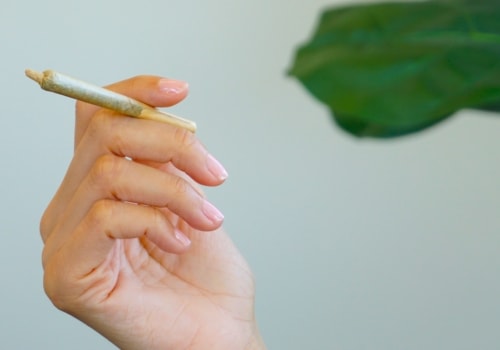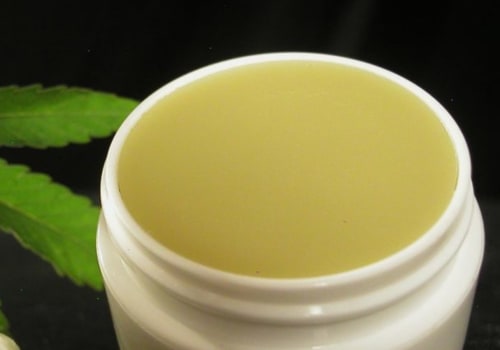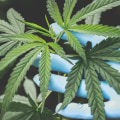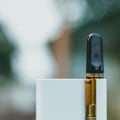The licensed interior space for hemp production has seen a significant increase this year, reaching more than 168 million square feet. This equates to about 3,800 acres, which is a small fraction of the decline in hemp production. The mountains of hemp grown in the past two years are now stored away, waiting for better prices. The bill legalizing hemp under certain restrictions defined it as the plant species Cannabis sativa L.
According to Andrew Bish, CEO of Hemp HarvestWorks, he has received more inquiries about harvesting equipment for grain and fiber hemp from producers this year than in previous years. Industrial hemp includes varieties of the botanically described Cannabis sativa species, named by Carl Linnaeus in 1753. So far this year, about 107,000 acres have been licensed outdoors, according to Hemp Benchmarks, a hemp industry data provider based in Stamford, Connecticut. The Colorado Department of Agriculture also wants to purchase two decortication machines that prepare raw hemp to be converted into yarn and other products and configured for use by farmers. Kentucky businessmen who manufacture, market or distribute THC delta-8 products could be prosecuted, according to a letter sent in April by the state's department of agriculture to hemp licensees.
The planted area of industrial hemp grown outdoors for all uses in the United States totaled 54,152 acres. But farmers will re-enter as the industry matures, and as they are better able to find processors, sign reliable contracts and grow hemp according to buyers' specifications. California lawmakers are considering a bill that would tighten the definition of “industrial hemp” by requiring hemp extracts from store shelves to have a THC concentration of no greater than 0.3%. The growth and reproduction of hemp for the various end uses (fiber, oil, seeds, cannabinoids) requires producers to understand the biology of hemp in order to properly identify productive genetics.
The peak of hemp production in the United States (USA) occurred in the mid-19th century, with temporary peaks during the two world wars. The development of hemp is photoperiodic for short days, meaning that reproductive development and flowering are mainly determined by the duration of nighttime darkness. Currently in the U. S., each state can administer a commercial hemp program which is governed by rules defined by the U.
S. Department of Agriculture. An agency spokesman told Hemp Industry Daily that the USDA has issued five licenses to producers in the state. Information on regulations for growing hemp in the United States is available on the Agricultural Marketing Service's hemp production website.







